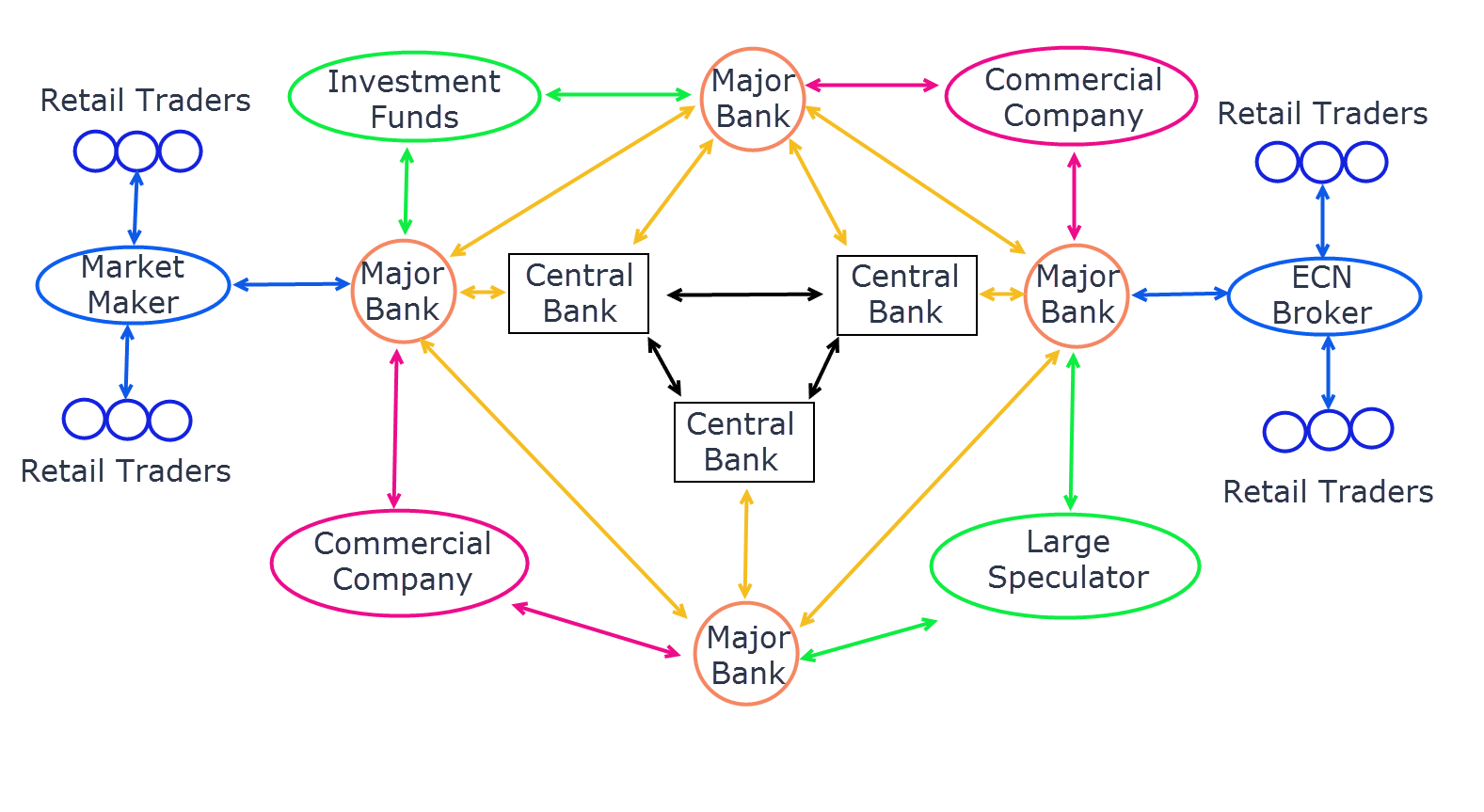Introduction
Foreign exchange (forex) trading is a global marketplace for buying and selling currencies. It’s one of the largest financial markets in the world, with trillions of dollars traded daily. To understand how to trade forex, it’s important to know what forex is, why people trade it, and how the process works. In this article, we’ll provide a comprehensive guide for beginners who want to navigate the exciting world of forex trading.

Image: www.tradingwithrayner.com
Understanding Forex
Forex is the exchange of one currency for another, with the goal of profiting from the price difference between the two currencies. Unlike the stock market where stocks are traded, forex involves trading currency pairs. For example, EUR/USD represents trading the Euro (EUR) against the U.S. dollar (USD). The price of a currency pair reflects the value of one currency relative to the other and constantly fluctuates based on a multitude of factors.
Benefits and Risks
One of the benefits of forex is its high liquidity, meaning there’s always a market for currency pairs, resulting in quick and easy transactions. Moreover, the forex market operates 24 hours a day, 5 days a week, allowing you to trade whenever it’s convenient for you. However, like any other form of trading, forex involves inherent risks. The value of currency pairs is influenced by numerous economic, political, and market factors that can lead to unpredictable fluctuations and potential losses of investment capital.
Choosing a Currency Pair
The first step in trading forex is selecting a currency pair to trade. There are many currency pairs available, but a few popular ones include EUR/USD, GBP/USD, USD/JPY, and AUD/USD. Consider the volatility, liquidity, and economic stability of the underlying economies associated with each currency pair to make an informed decision.

Image: etyhiqykyzar.web.fc2.com
The Trading Process
A simplified view of the forex trading process involves five key steps:
-
Technical Analysis: Studying historical price data to identify trading opportunities. This involves using charts, patterns, and indicators to predict future price movements.
-
Fundamental Analysis: Analyzing economic indicators, news, and political events to understand market sentiments and potential impact on currency values.
-
Market Orders: Deciding whether to enter a “buy” or “sell” trade based on your analysis. You can use market orders to execute the trade at the current market price.
-
Take Profit and Stop Loss: Placing these orders at predetermined levels to automatically close your trade when the currency pair reaches a favorable price target or stops a loss if the trade moves against you.
-
Monitor and Adjust: Continuously monitoring open trades, managing risk, and making adjustments to your trading strategies as market conditions change.
Essential Trading Tools
Several tools are available for forex traders, such as trading platforms that provide real-time charting, market analysis capabilities, and the execution of orders. Economic calendars are also useful for tracking important economic events that can influence market sentiment.
Developing a Forex Trading Strategy
Once you understand the basics of forex trading, it’s time to create a trading strategy that outlines your trading approach and risk management. A trading strategy involves defining the following elements:
- Trading Style: Day trading, swing trading, or long-term investing.
- Market Timing: How you will identify trading opportunities.
- Risk Management: How you will manage potential losses and protect your capital.
- Trade Management: How you will manage open trades, including stop-loss and take-profit orders.
Common Trading Strategies
- Scalping: Making multiple small profits over a short period.
- News Trading: Trading based on economic or political news events.
- Trend Following: Buying an uptrending currency pair or selling a downtrending one.
- Range Trading: Trading within a predefined price range.
- Carry Trading: Exploiting interest rate differentials between currencies.
How Do You Trade Forex
Conclusion
Forex trading presents an exciting opportunity to potentially profit from global currency fluctuations. Understanding the market, developing a robust trading strategy, and constantly honing your skills are essential to succeed. While forex offers great potential, it’s crucial to remember that trading involves inherent risks and only trade with funds you can afford to lose. By following the principles outlined in this comprehensive guide and dedicating yourself to continuous learning, you can increase your chances of success in the dynamic world of forex trading.







